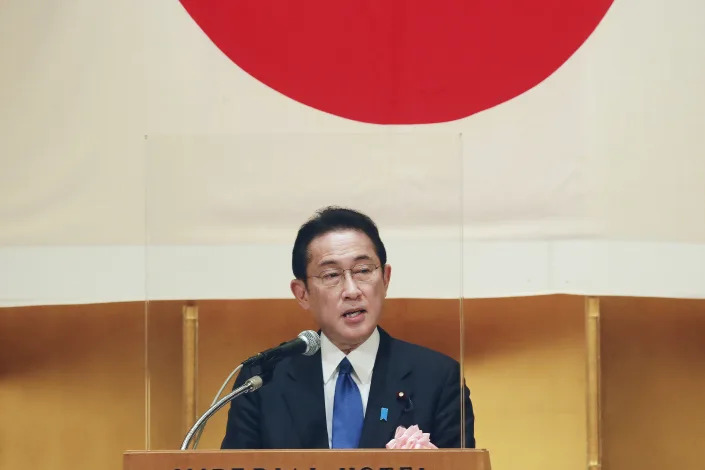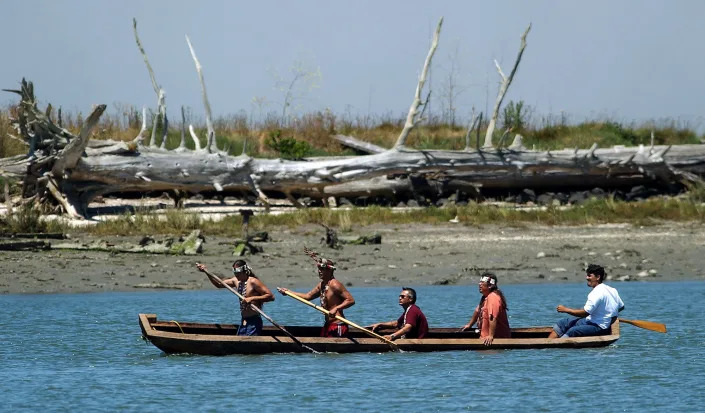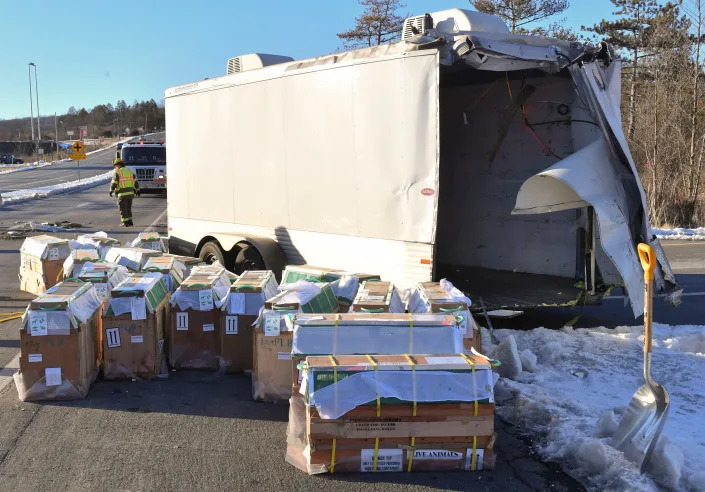Gov tells Bette Midler to kiss dog's 'heinie' - and shows it



State of the State-West VirginiaWest Virginia Gov. Jim Justice holds up his dog Babydog's rear end as a message to people who've doubted the state as he comes to the end of his State of the State speech in the House chambers, Thursday, Jan. 27, 2022, in Charleston, W.Va. (Chris Dorst/Charleston Gazette-Mail via AP)More
LEAH WILLINGHAM
Fri, January 28, 2022,
CHARLESTON, W.Va. (AP) — Gov. Jim Justice has a message for singer and actress Bette Midler, who called West Virginians “poor, illiterate and strung out” in a tweet after Sen. Joe Manchin refused to support President Joe Biden’s Build Back Better Act.
The 70-year-old Republican governor ended his televised State of the State address Thursday night by lifting up his English bulldog and flashing its rear end to the cameras and crowd.
“Babydog tells Bette Midler and all those out there: Kiss her heinie," Justice said, grinning as people applauded and some gave him a standing ovation.
Justice had spent more than an hour touting the state's accomplishments, including two recently announced economic development projects.
“Absolutely too many people doubted us," he said. "They never believed in West Virginia. ... They told every bad joke in the world about us.”
The crowd in the House of Delegates gallery included lawmakers, state Supreme Court justices, agency heads and members of the high school girl's basketball team Justice coaches, who were sitting in the gallery.
Not everyone was amused. In a tweet, West Virginia Democratic Del. Shawn Fluharty took the governor to task.
“The @WVGovernor brought his Babydog and pony show to the State of the State and pulled this stunt as some bold statement. It was nothing short of embarrassing and beneath the office,” he said. “Jim Justice habitually lowers the bar of our state. They don’t laugh with us, but at us.”
Manchin, a Democrat, effectively tanked his party’s signature $2 trillion domestic policy initiative that would have poured billions of dollars into child care, health care and other services.
“What #JoeManchin, who represents a population smaller than Brooklyn, has done to the rest of America, who wants to move forward, not backward, like his state, is horrible,” Midler tweeted. “He sold us out. He wants us all to be just like his state, West Virginia. Poor, illiterate and strung out.”
After receiving backlash, Midler apologized “to the good people of WVA” for her “outburst" in follow-up tweet later that day.
The Associated Press sent an email to Midler's publicist Friday requesting comment.











